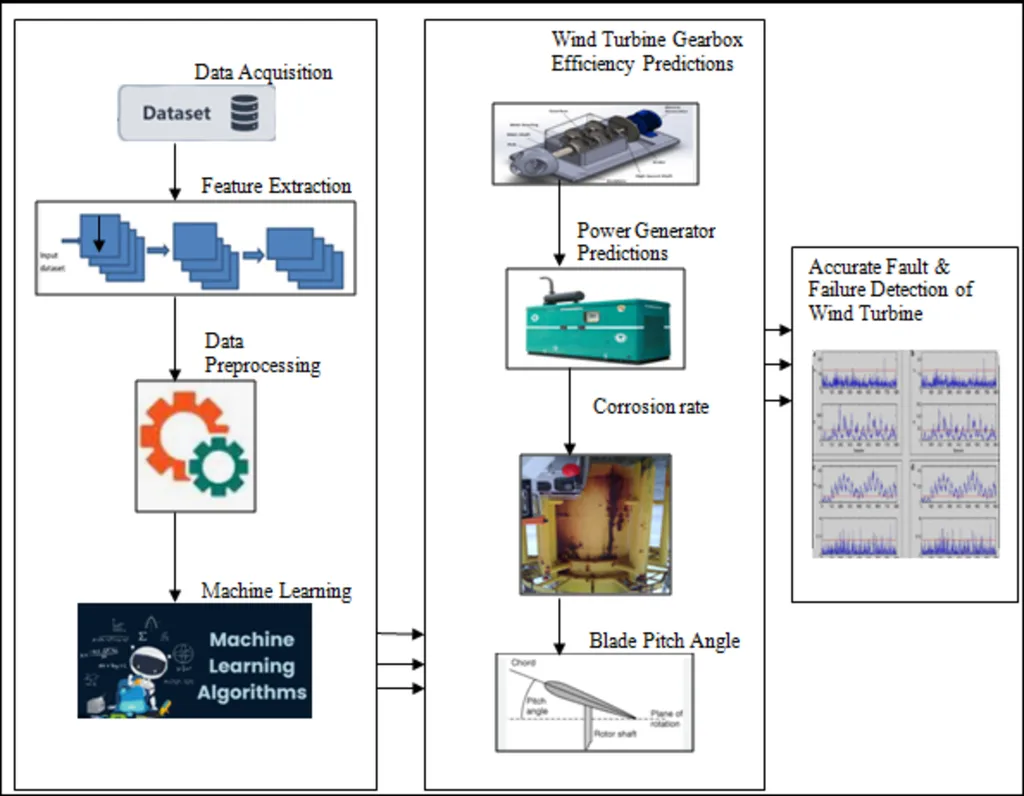Researchers from the University of São Paulo, including A. J. Alves Junior, M. J. B. B. Davi, R. A. S. Fernandes, M. Oleskovicz, and D. V. Coury, have developed a new machine-learning approach to improve fault location accuracy in onshore wind farm collector networks. This research, published in the IEEE Transactions on Power Systems, addresses a growing challenge in the energy industry as wind farms increasingly integrate inverter-based resources, which can disrupt traditional fault detection methods.
Accurate fault location is crucial for maintaining operational reliability and enabling quick restoration in wind farm collector networks. However, the integration of inverter-based resources alters current and voltage behavior during faults, making traditional phasor-based diagnostic methods less effective. To tackle this issue, the researchers introduced an advanced machine-learning solution that enhances a deterministic fault distance estimator by incorporating a correction model driven by a Gated Residual Network. This model is specifically designed to minimize residual fault location errors.
The researchers conducted comprehensive feature engineering and selection processes to develop and train an improved predictor. They used a diverse set of fault scenarios simulated in a PSCAD-based real-world wind farm model, considering variations in fault type, resistance, location, inception angle, and generation penetration. Hyperparameter optimization was performed using the Optuna framework, and the robustness of the method was statistically validated. The results showed a significant improvement in accuracy, with a 76% overall decrease in fault location error compared to state-of-the-art approaches.
The proposed method demonstrates strong scalability and adaptability to topological and operational changes, advancing the deployment of data-driven fault location frameworks for modern power systems. This research highlights the potential of machine learning to enhance the reliability and efficiency of wind farm operations, ultimately contributing to the broader goal of integrating more renewable energy sources into the grid.
The research was published in the IEEE Transactions on Power Systems, a leading journal in the field of power and energy systems engineering. This work underscores the importance of leveraging advanced technologies to address the evolving challenges in the energy sector, particularly as the industry transitions towards more sustainable and renewable energy sources.
This article is based on research available at arXiv.

